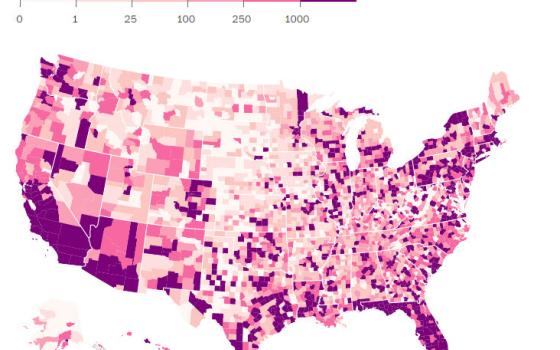If you’re like Global Sister Report’s U.S. sister liaison, Franciscan Sr. Jan Cebula, on Monday night, you were watching Independent Lens’ documentary about race on PBS. It’s a timely piece – it seems that we’re talking about race now more than we have in decades. It came up after Ferguson, in the talk about Oscar nominations, at the Oscars ceremony and even in the discussion about the next host of “The Daily Show.” Just this week, New York Times columnist Nicholas Kristof examined the role race (and gender) play in a person’s perceived competence. Spoiler: White males are considered the most competent, even when they aren’t.
Earlier this year, the Washington Post’s Wonkblog also covered systematic racism, looking at the imprisonment rates of black and Hispanic teens versus white teens. What they found was:
- Overall, teenaged boys are committing fewer crimes than they were 20 years ago. In 1980, 59 percent of surveyed boys between the ages of 15 and 18 said they had committed a crime, as compared to 28 percent in 2000 – the last time these figures were gathered.
- However, black and Hispanic teens who did commit crimes were punished more harshly than white teens who were involved in more criminal activity. Case in point, a black teen who had committed five crimes the previous year was as likely to serve time as a white teen who had committed 40 crimes.
- Since 2008, one-third of all juvenile court cases in the U.S. have involved black youth, which is disproportionately higher than their percentage of the population.
Did you know that the U.S. has more prisons than colleges? Also from the Washington Post’s Wonkblog, here’s an interactive map of just where all those prisons are. Hover over the counties to see the number of incarcerated adults and juveniles in each.

